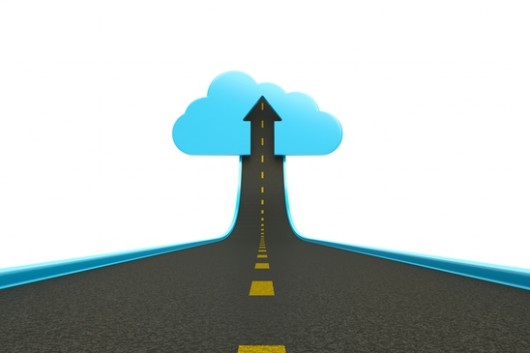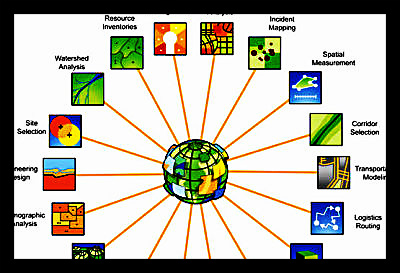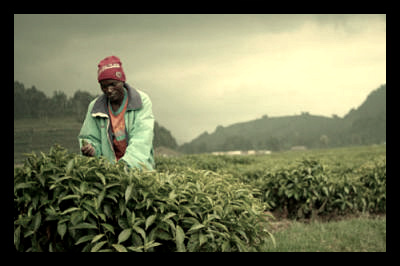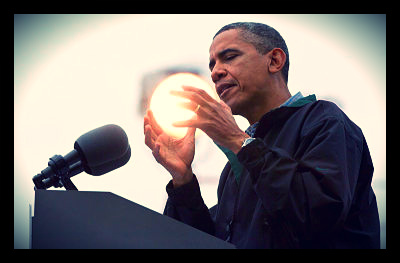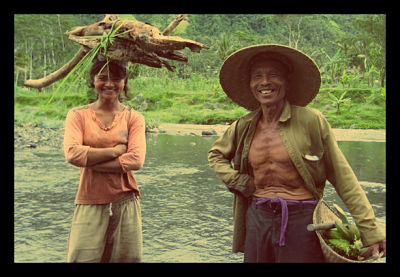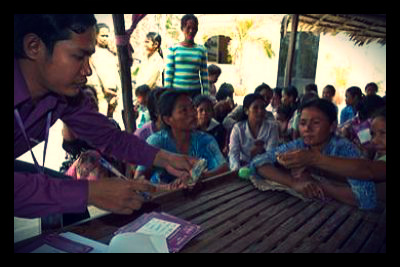
Burundi, a tiny east African nation and one of the world’s five poorest countries, is a landlocked state of 10 million and has witnessed a 12-year civil war that has left more than 300,000 casualties. For any global health organization, the country is an intimidating assignment. However, Seattle physicians Sachita Shah, Kris Sherwood, Joseph Alsberge and Harvard’s Dr. Paul Farmer, founder of Partners in Health, donate their time and medical expertise to Burundians through the nonprofit organization, Village Health Works.
More than 20 years ago, Village Health Works’ founder Deogratias Niyizonkia, fled from a gruesome massacre in a rural hospital in northern Burundi where he was a third-year medical student. Following his escape in 1994, Niyizonkiza fled to New York City, graduated from Columbia University and attended the Harvard School of Public Health. It was there that he met Dr. Farmer, and began working at the PIH in Burundi’s neighbor country, Rwanda. Shortly after, Niyizonkiza returned to Burundi and realized his dream of establishing a rural clinic in his native village of Kigutu in 2007.
The plundered nation of Burundi currently has fewer than 300 physicians and to combat that, shocking health statistics. Wasterborne diseases and lack of sanitation account for one in five deaths and more than 54 percent of children under five suffer from extreme malnutrition. The country also has one of the highest rates of child mortality in the world – nearly 180 out of every 1,000 do not make it to five years old – and the average life expectancy is 50 years old. Most of those deaths are due to infection including diarrheal disease, pneumonia and malaria.
However, Niyizonkiza, Farmer and their team are a blessing amongst all the hunger and disease. “Village Health Works was an idea in my mind for a long time,” said Niyizonkiza. “When I came to the United States, I left Burundi, but it never left my mind. One of those memories was mothers dying in childbirth.” Since its opening in 2007, Village Health Works has treated more than 70,000 patients. In 2012 alone, the clinic saw promising steps forward. It treated more than 22% more patients than the years before, saw a 221% rise in prenatal consultations and a 228% increase in voluntary HIV testing.
The mission that Village Health Works has set out on shows that even a small group can make a large impact. The clinic itself has drawn mass attention and for many outsiders, has put the country of Burundi on the map. The lives that have been saved and the health battles that have been fought are no small victory.
– Sonia Aviv
Sources: Cross Cut, Village Health Works, Wheelock College

